10 best practices to improve your NextJS application on Cursor
tl;dr If you’re not a professional NextJS developer for a very long time, the blog will help you with some low hanging fruits that can improve your app’s performance significantly. I’ve tried to add Cursor prompts, step-by-step instructions and screenshots wherever I could. If you face any issues or need help, please feel free to bug me on discord.
Stack Assumption: Next.js + Supabase + Cursor (or similar AI coding assistant)
1. ✨ Speed Up Your Pages (Next.js)
Why It Matters:
Faster pages = better user experience, lower bounce rates, and higher conversions.
What You Should Do:
- Run a Lighthouse audit and fix top bottlenecks.
- Use ISR/SSG to cache pages.
- Use
<Image />andnext/font. - Use dynamic imports to lazy-load non-critical components.
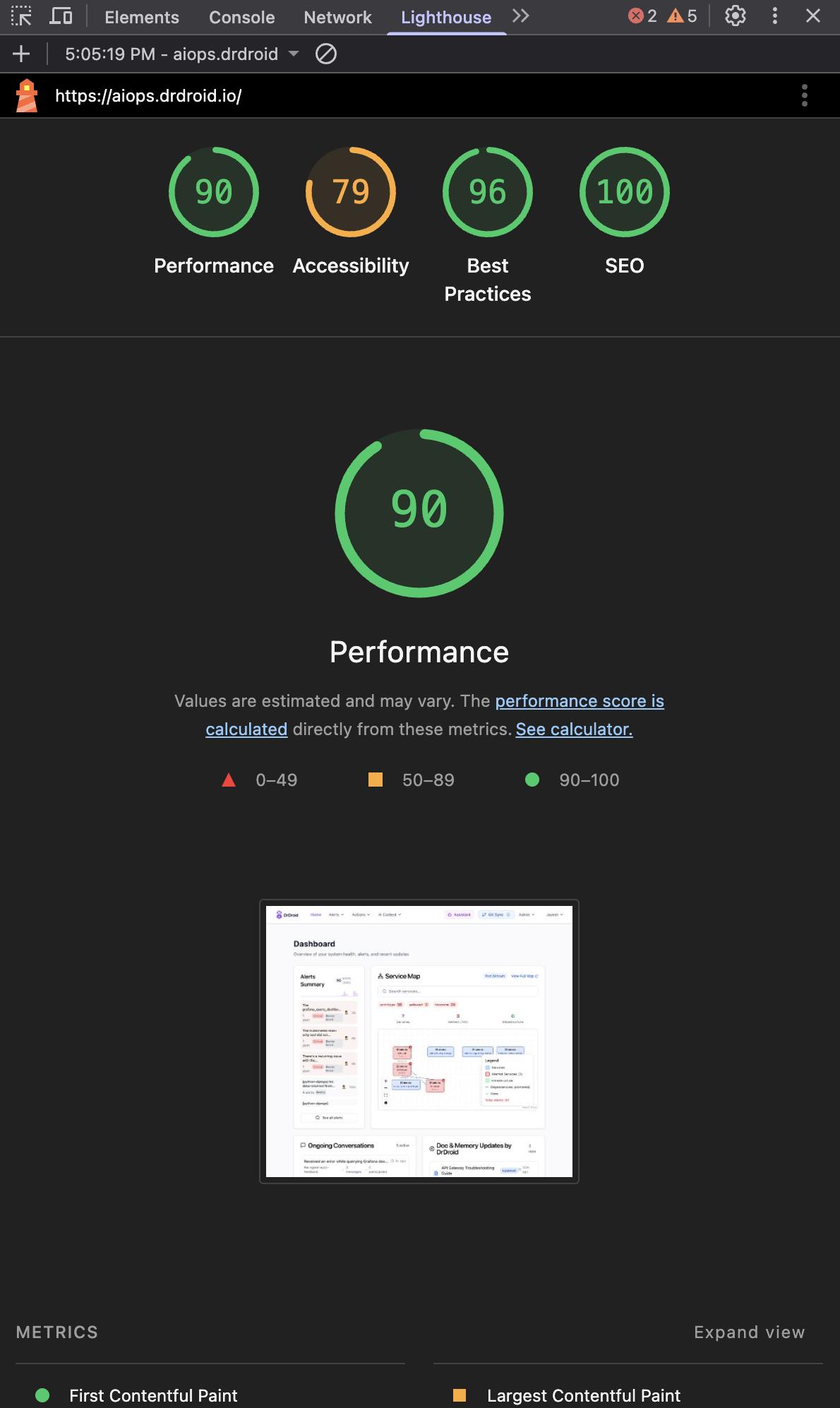
Prompt to Use with AI:
"Convert this page to use getStaticProps or getStaticPaths for better caching."
Code Example:
import dynamic from "next/dynamic";
const HeavyComponent = dynamic(() => import("../components/HeavyComponent"));
export async function getStaticProps() {
const data = await fetchData();
return { props: { data }, revalidate: 60 };
}
2. 🔍 Real-Time Error Tracking
Why It Matters:
Catching issues early = faster debugging, less downtime, and better user trust.
What You Should Do:
- Use Sentry or @hyperlook/telemetry-sdk to monitor errors.
- Sentry is a well-established platform with deep integrations.
- @hyperlook/telemetry-sdk is lightweight, open-source, and built for modern JS apps.
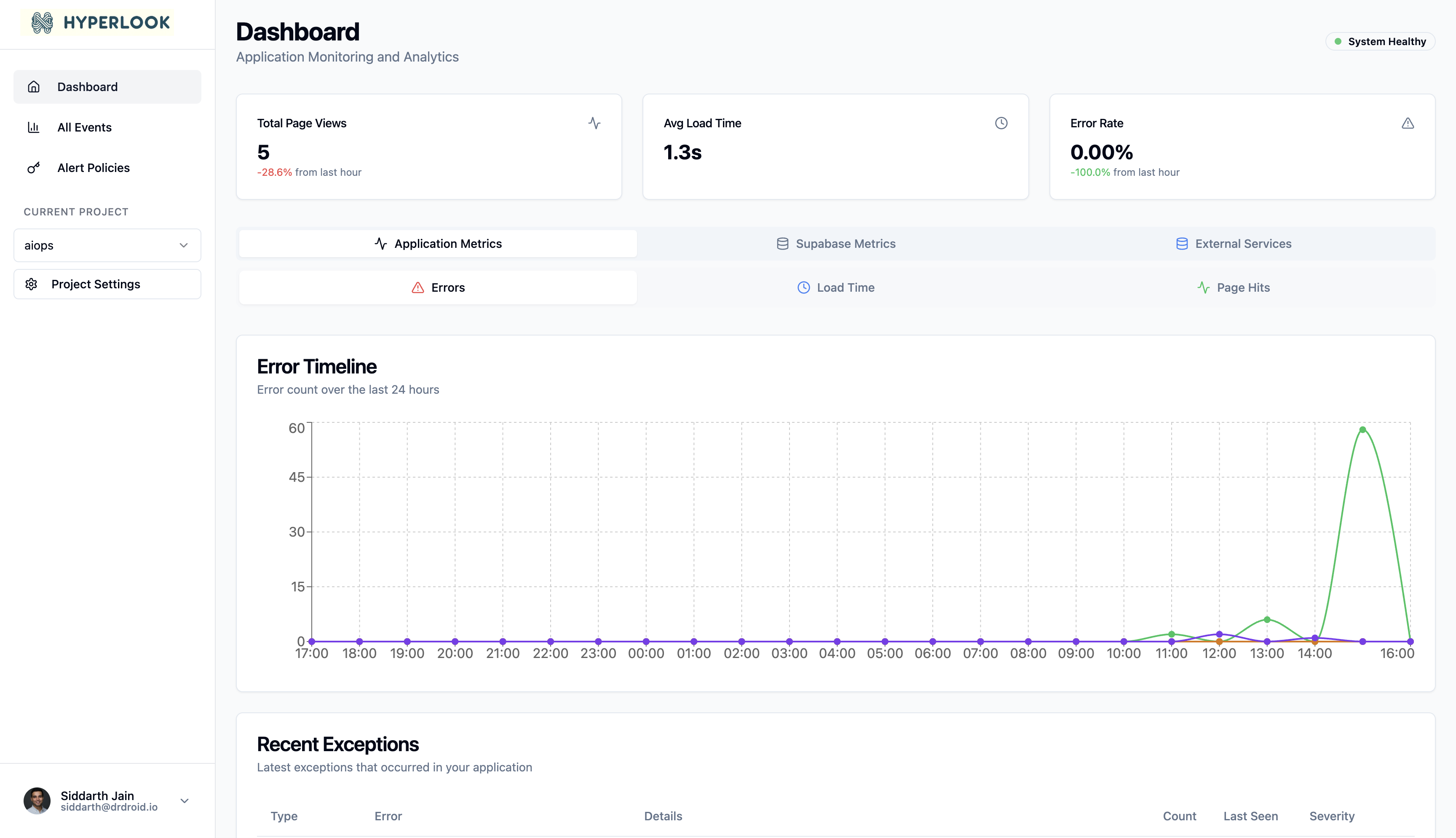
Prompt to Use:
"Add Sentry or @hyperlook/telemetry-sdk to track frontend and backend errors."
Code Snippet:
import * as Sentry from '@sentry/nextjs';
Sentry.init({ dsn: process.env.SENTRY_DSN });
3. 👛 Shrink Bundle Size
Why It Matters:
Smaller bundles = faster load times and better first interaction.
What You Should Do:
- Use
@next/bundle-analyzerto visualize bundle composition. - Avoid importing entire libraries (e.g., lodash, moment).
- Split large files into modular units.
Prompt:
"Visualize my bundle size and identify bloated dependencies using @next/bundle-analyzer"
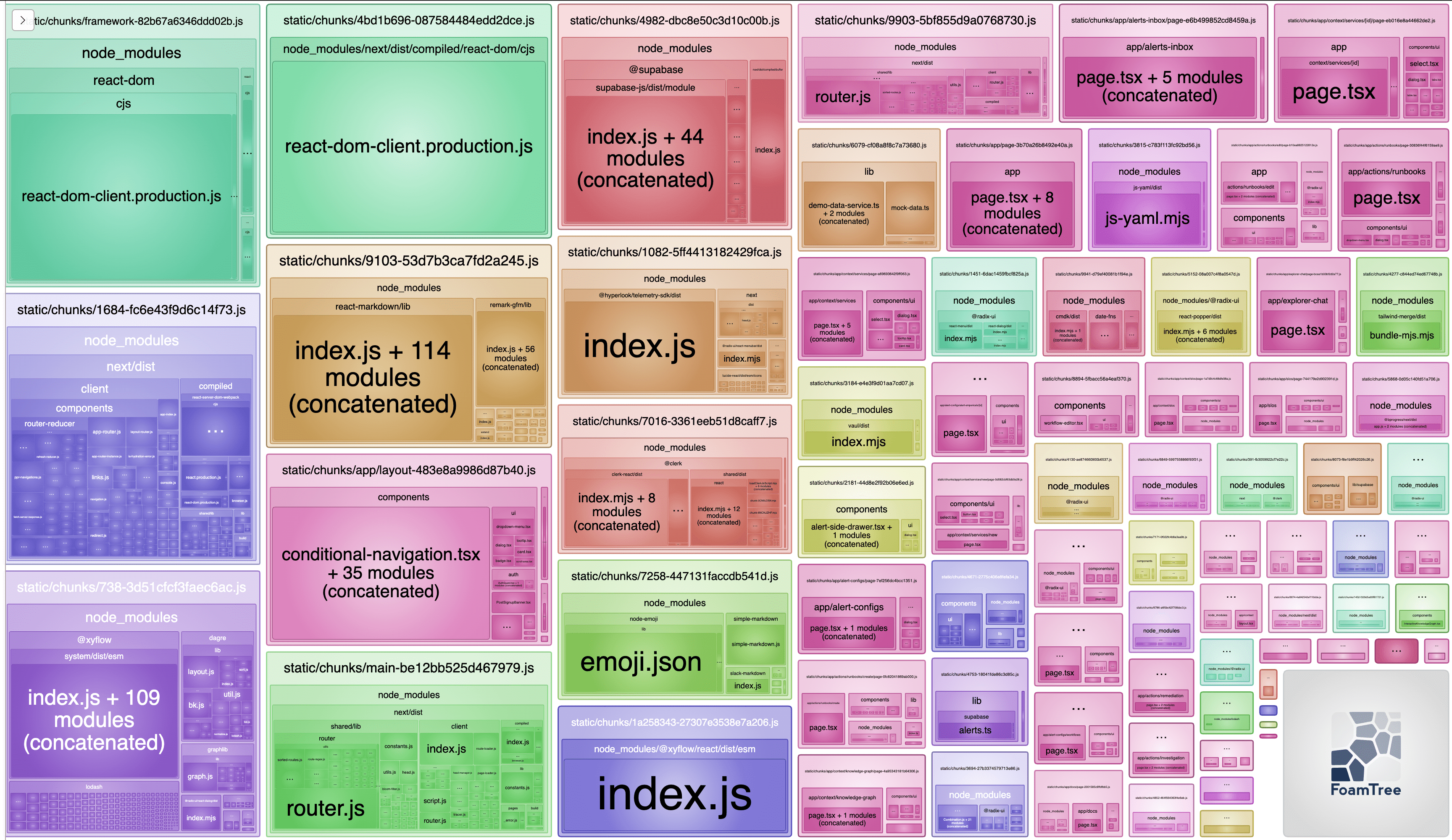
Code Tip:
import debounce from 'lodash/debounce';
4. ⚡ Boost Dev Speed
Why It Matters:
Clean, consistent code improves team velocity and reduces bugs.
What You Should Do:
- Use Prettier, ESLint, and Husky to enforce coding standards.
- Use barrel exports and an organized folder structure.
Prompt:
"Set up Prettier, ESLint, and Husky pre-commit hooks."
5. 🔄 Snappy APIs with SWR
Why It Matters:
Caching and background revalidation make your UI feel instant and responsive.
What You Should Do:
- Use SWR for lightweight local caching.
- Or choose more powerful options:
- TanStack Query (aka React Query): great for complex caching, mutations, background sync.
- RTK Query: best if you're already using Redux.
Prompt:
"Convert this API fetch to use SWR/react-query/RTK Query with caching and revalidation."
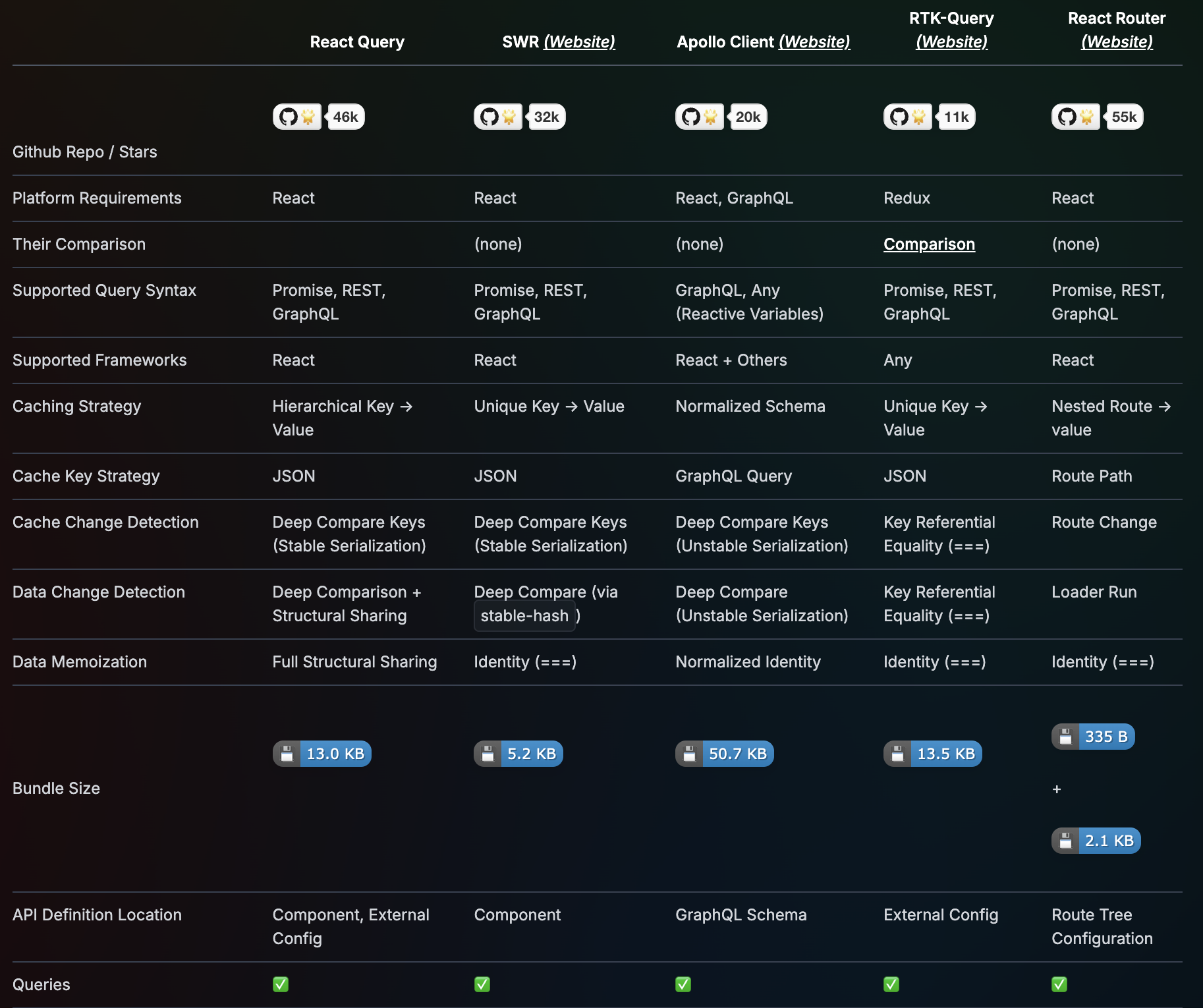
view the full comparison here.
Code Example:
import useSWR from 'swr';
const fetcher = url => fetch(url).then(res => res.json());
const { data } = useSWR('/api/user', fetcher);
6. 🔒 Secure Your Application
Why It Matters:
Security issues break user trust and can have legal/financial consequences.
What You Should Do:
- Set cookies with
httpOnly,secure,sameSite. - Sanitize HTML with DOMPurify to prevent XSS.
7. 🔍 SEO Optimizations
Why It Matters:
More traffic from search engines = higher growth, especially for public-facing pages.
What You Should Do:
- Run a Lighthouse SEO audit.
- Use semantic HTML,
aria-labels,<title>and<meta description>. - Add sitemap with
next-sitemap.
Prompt:
"Generate sitemap and improve HTML structure for SEO."

8. 📂 Supabase Best Practices
Why It Matters:
Bad practices can leak sensitive data or crash your app at scale.
What You Should Do:
- Never use
NEXT_PUBLIC_for private keys. - Use batch inserts for efficiency.
- Add pagination to queries.
- Always clean up Supabase subscriptions to avoid memory leaks.
9. 🛡️ RLS (Row Level Security) Done Right
Why It Matters:
Data should only be accessible to the people who own it. RLS makes that possible.
What You Should Do:
- Add RLS policies using
auth.uid(). - Apply policies to every table involved in a join.

An example of how a RLS policy looks like in supabase, these functions can be defined as well here

How to Do It:
Open Supabase SQL Editor and enter:
"Add an RLS policy to ensure users can only see their own todos."
"Fix this query with joins so it passes all relevant RLS policies."
10. 🧰 Build Awareness: Test Like a User
Why It Matters:
Developers miss bugs that only appear in real-world conditions.
What You Should Do:
- Open in incognito.
- Simulate slow 3G via DevTools → Network → Throttling → Slow 3G.
- Use Chrome mobile emulator.
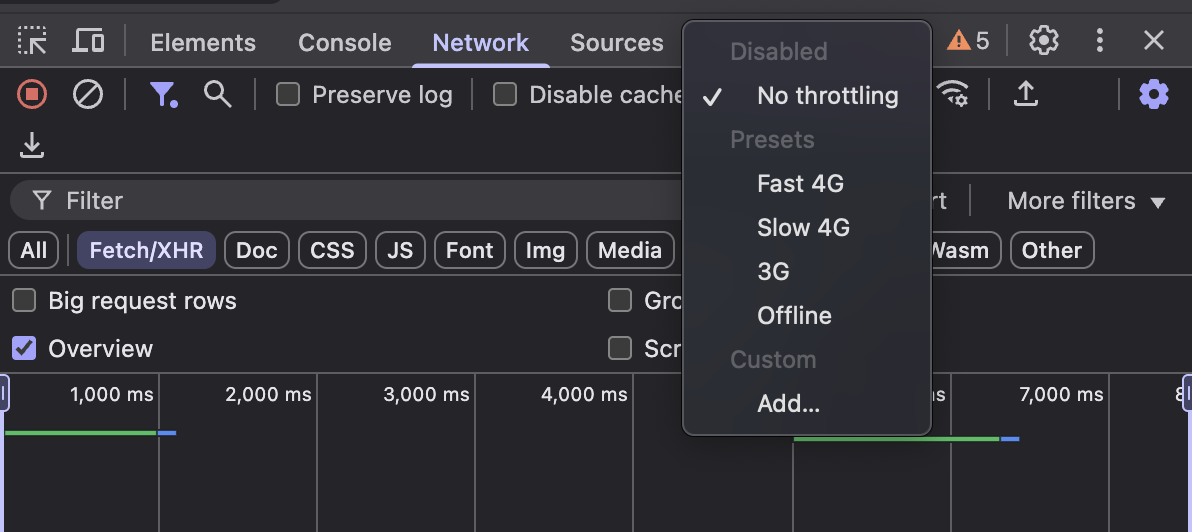
How you can verify how your website looks like in various devices
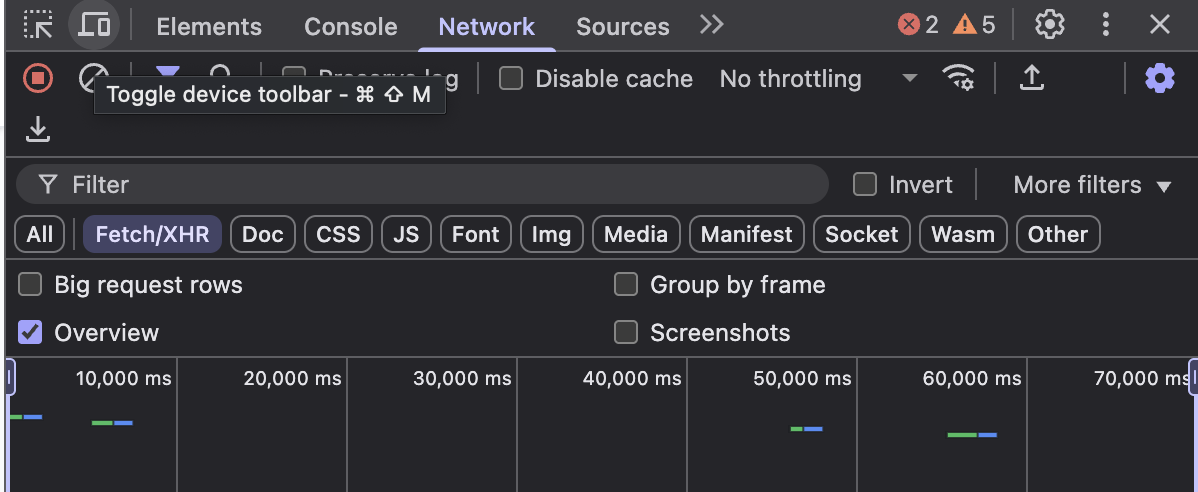
Note:
Cursor or AI tools can’t run Lighthouse audits or simulate mobile networks — you must do this manually in the browser.
If you liked the blog and have any thoughts, let me know!